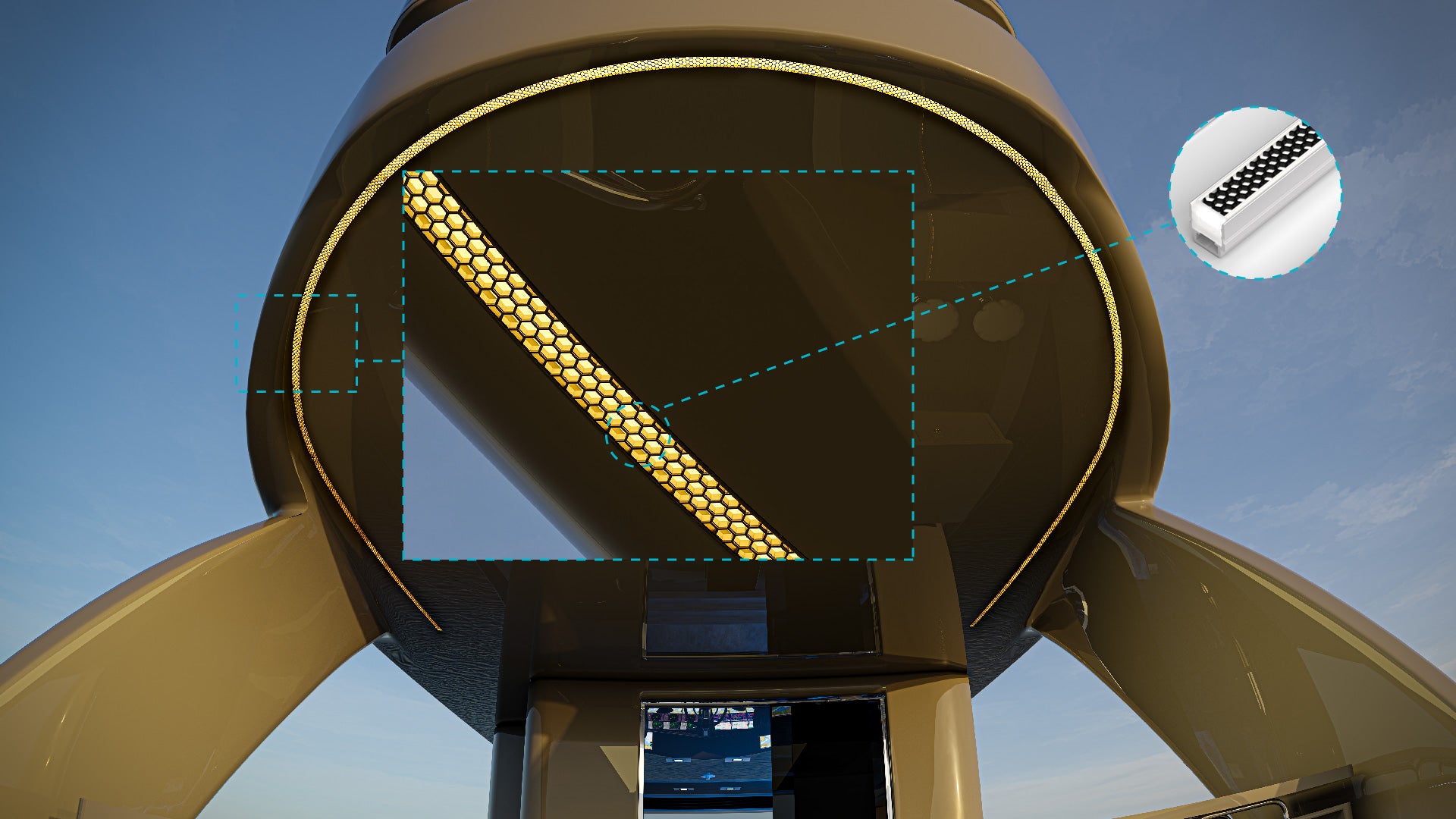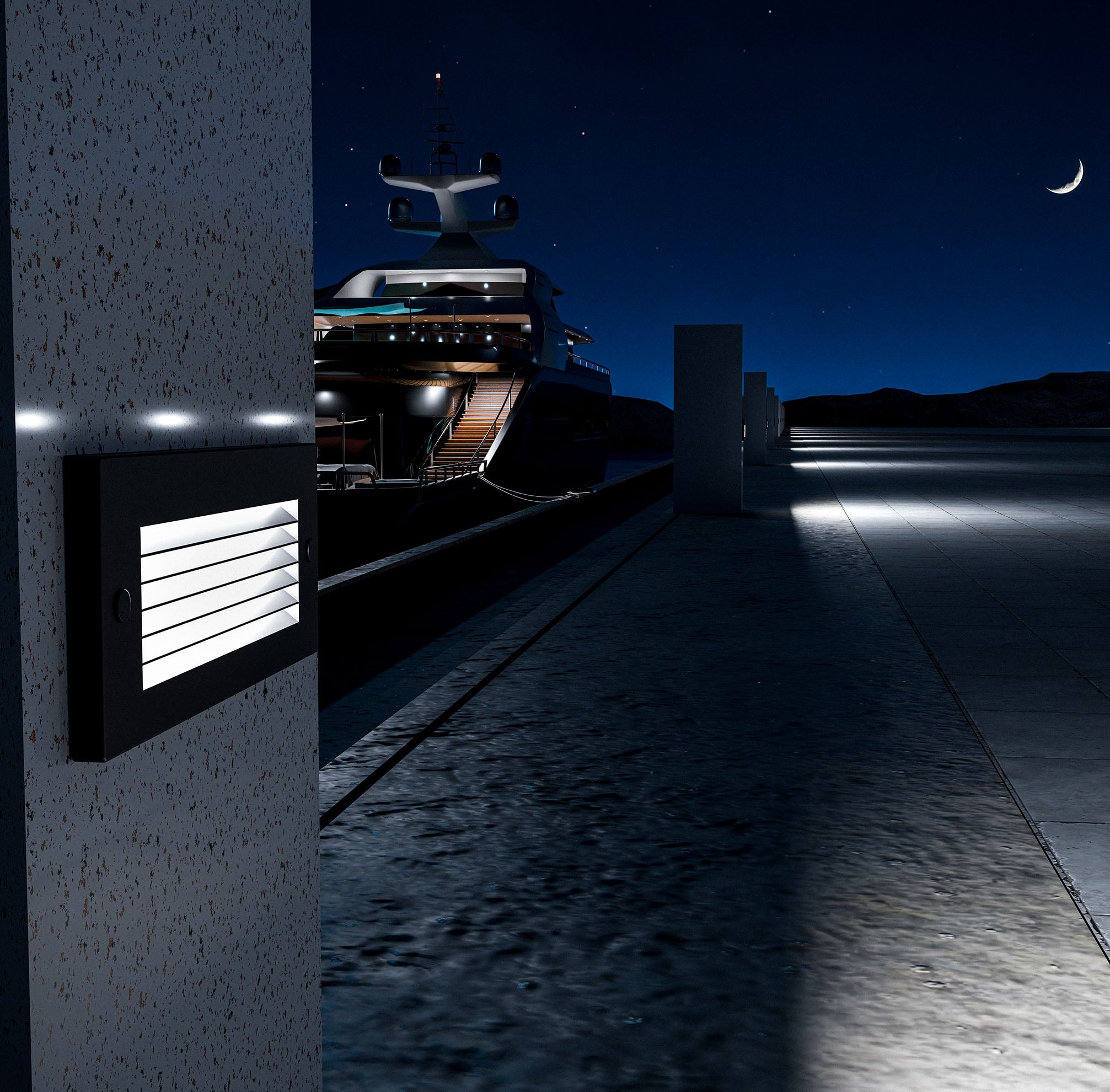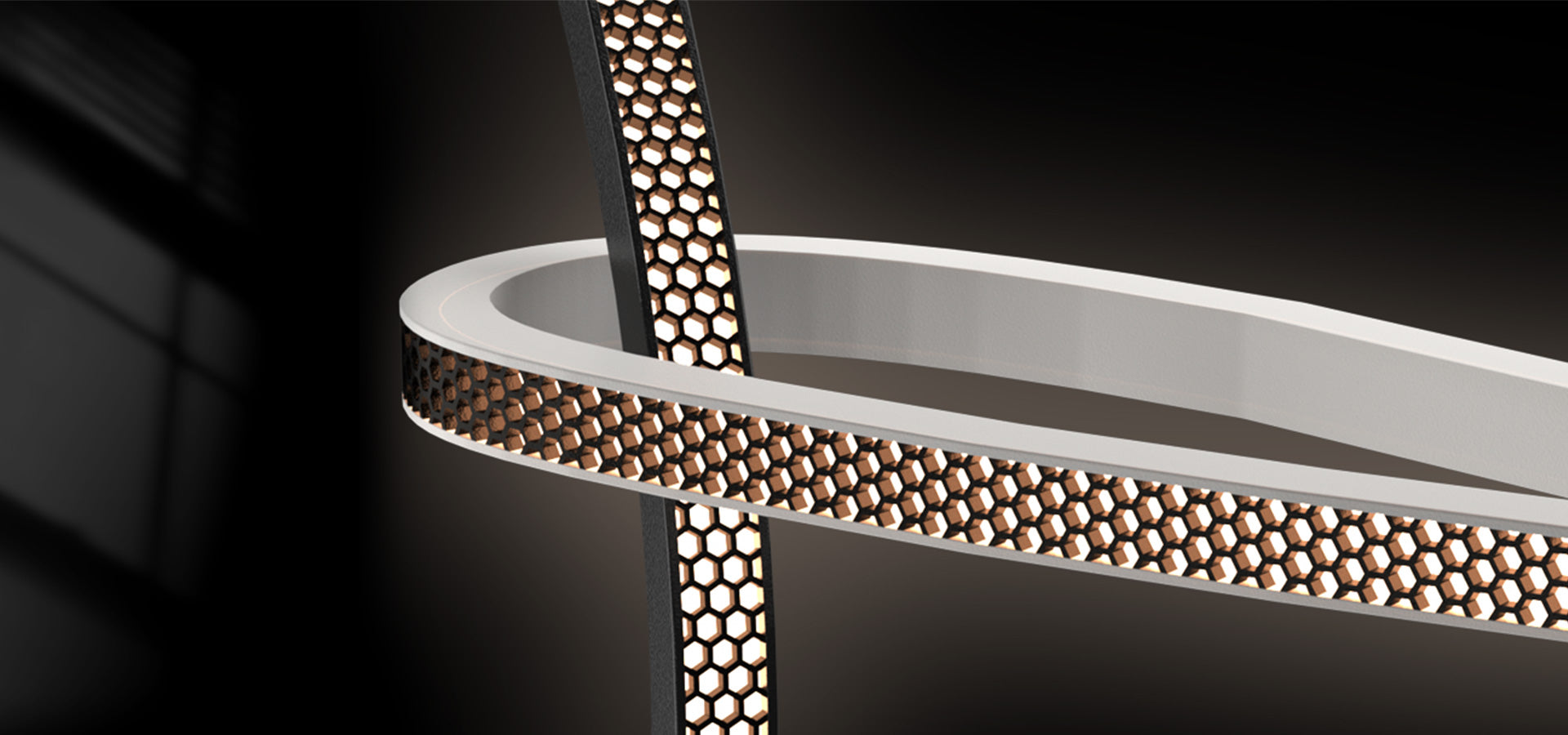What are Navigation Lights?
Navigation Lights are specialized lights on a boat that indicate its position, direction, and status to other vessels, especially in low-visibility conditions like nighttime, fog, or heavy rain. These lights are essential for marine safety and are legally required on most vessels to prevent collisions by allowing operators to understand each other’s size, movement, and orientation on the water. Each type of navigation light serves a specific purpose and must be correctly positioned and maintained to ensure the boat complies with maritime regulations and is visible to others.
Types of Navigation Lights
The main types of navigation lights include red, green, white, and sometimes yellow lights. The red light is displayed on the port (left) side of the vessel, while the green light is on the starboard (right) side. Together, these side lights help other boaters identify the direction a vessel is moving. For example, if you see a green and a red light together, the vessel is heading toward you, while seeing only a red or green light indicates the boat is moving away from you at an angle. A white stern light is positioned at the back of the boat and is visible to boats approaching from behind, indicating the vessel’s rear.
Context about Navigation Lights
For larger vessels and certain boating activities, additional navigation lights may be required. For example, sailing vessels under sail alone display different lights than power-driven boats, typically including an additional masthead light that allows others to identify them as a sailing vessel. Some vessels, such as commercial fishing boats or tugs, may also display yellow lights or specialized configurations to indicate their unique operational status. Properly displaying navigation lights helps operators quickly assess whether a vessel is a powerboat, sailboat, or specific-purpose vessel, contributing to safer maneuvering and decision-making on the water.
Navigation lights are designed to be highly visible and are often powered by energy-efficient LEDs to ensure they remain bright throughout extended periods without draining the boat’s power supply. Regular maintenance of these lights is essential, as even a single malfunctioning light can lead to miscommunication and increase the risk of accidents. Checking bulbs, cleaning lenses, and verifying the correct positioning are all important practices to ensure the lights perform effectively.
In summary, navigation lights are a critical safety feature for all vessels, providing visual signals that communicate a boat’s location, orientation, and movement. By following navigation light protocols and maintaining these lights, boaters contribute to safer waterways and minimize the risk of collisions, making navigation lights an indispensable aspect of responsible boating.








